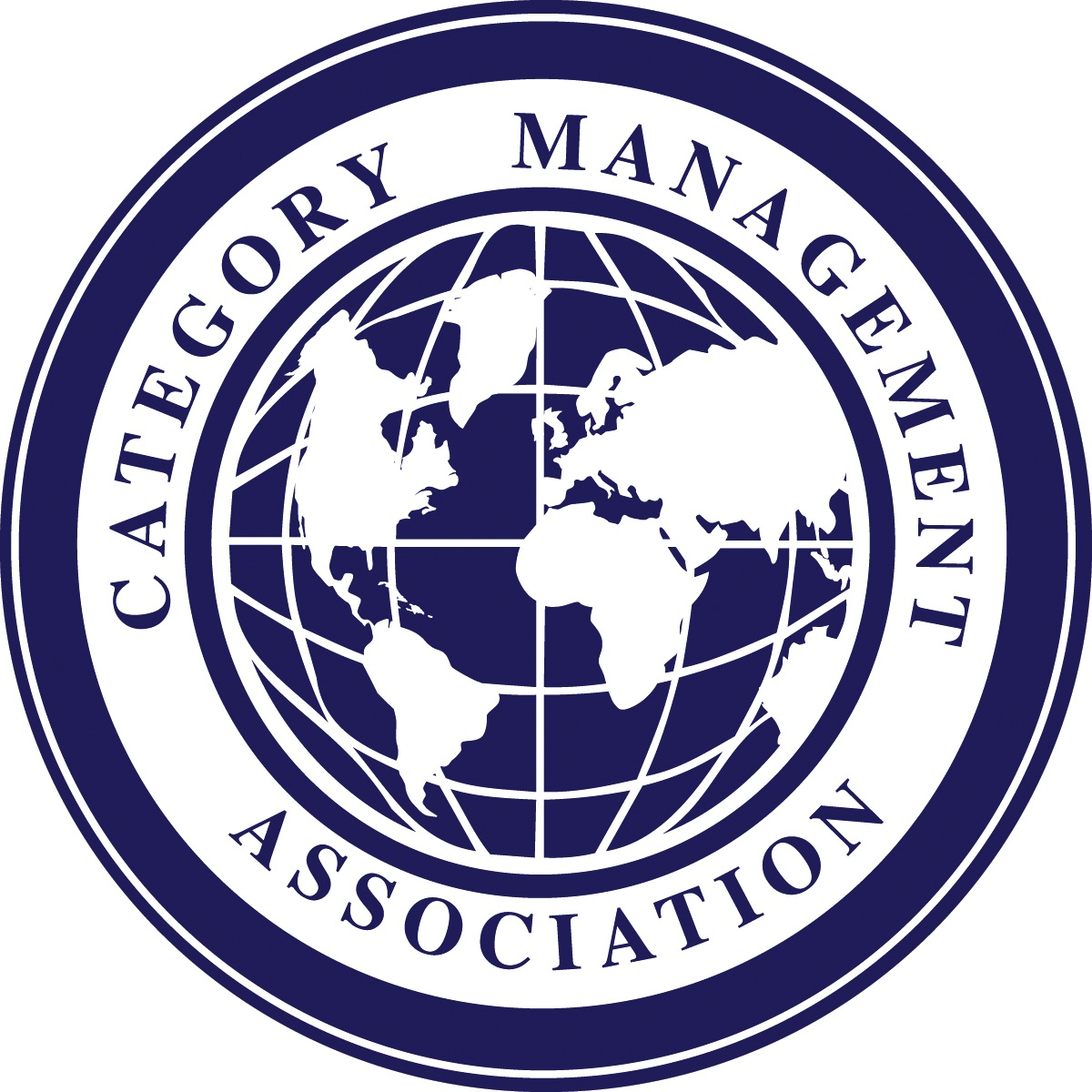CMA Releases Benchmark ROI Survey
 The Category Management Association has released a first-of-its-kind survey of the methods and practices used by manufacturing companies to measure the return on investment of their category management functions.
The Category Management Association has released a first-of-its-kind survey of the methods and practices used by manufacturing companies to measure the return on investment of their category management functions.
While results indicate broad acknowledgment of the growing importance and analytical sophistication of category management, survey participants across all channels say they need standard metrics and a consistent way to measure ROI.
The ROI survey asked North American category management professionals to report on the prevalence of ROI efforts in their companies, and identify parameters used to measure and demonstrate ROI to senior management. Sixty-six CPG companies participated in a confidential online survey, with each company represented only once in the dataset. Of those, 27 percent said they currently measure ROI. The inaugural study targeted only manufacturers; the CMA also plans to survey retailers. The study will be repeated annually for both retailers and manufacturers.
“The survey was a good initial assessment and we know that CPG companies are measuring ROI,” said Donna Frazier, CMA founding director. “This type of benchmarking is what people really want. But more importantly, they told us there is a huge need for standard metrics and the ‘How-to-Measure CatMan ROI’ Guidelines. Particularly in this economy, category management is the key to a total company strategy that keeps CPG manufacturers and retailers in business. CatMan professionals want to know what their peers are doing and what is working successfully. They want to share insights so they know where they fit in terms of reporting structures and value to their companies.”
The survey includes profiles of the responding companies and their CatMan functions, specific questions about their current ROI practices, viewpoints from participants on ROI measurement, and areas for improvement.
Among the findings:
- While a third of the companies do measure ROI, nearly 70 percent of those indicated they do not use a particular formula.
- Most companies report that resources are deployed to four or fewer “significant” categories.
- While half of the companies set a dollar goal for sales, 18 percent do not set any quantitative goal for their CatMan initiative.
- Retailer metrics are factored into the cost-benefit evaluation.
- In 85 percent of the cases where manufacturers understand the customer’s profitability, CatMan ROI aligns with the profitability of the customer.
One common point of view is that Category Management has become an intrinsic part of CPG profitability. “Our company has already moved beyond the ROI question,” said one survey respondent. “Category management is a cost of doing business and the capability helps us win with customers.”
Respondents said there are many areas that need improvement, particularly the lack of formal methodology and metrics. “[We] need better integration with the sales team and formal scorecard implementation,” remarked a respondent. “Currently, evaluation metrics are limited to revenue and profit at total customer level.” Another participant said, “Without a straightforward way to calculate ROI, the most difficult part is to justify investments such as analytical packages that have no tangible or direct benefit.” Others cited a need to be able to objectively quantify the impact of category management on sales.
Besides using traditional survey methodology, the CMA utilized its innovative peer “share group” forum to gather information and suggestions from participants about ROI approaches. “Share groups are an ideal way to study industry methods and processes and we will continue to use them to develop the ROI how-to,” Frazier said. “The ROI survey crosses all categories. Our share groups work by introducing industry professionals to their peers, and facilitate cross-category peer introductions to share insights. Peers are not asked to share any proprietary information, just approaches.”
One ROI share group meeting was led by Manny Zayas, director of North American category management for PepsiCo. “The ROI Share Group identified common challenges such as maintaining objectivity, positioning ROI to do more than merely defend the worth of the department, and choosing from among the many factors that drive the perception of value,” Zayas said in his presentation at the Annual Category Management Association Conference. “The group also communicated some potential best practices and basic needs for ROI measurement, including a consistent formula or approach, annual updates of the benchmark, alignment with retailer metrics, and reporting results independently of sales and finance departments.”
With the first annual survey complete, the CMA ROI Share Group’s next task will be to devise a process and metrics. “The first question everyone wanted answered was ‘Does your company value category management and measure the ROI of the function?’” Frazier said. “But the second, and more important, question is the how. ‘How do I actually go about measuring the ROI of category management in my own company?’ Developing the guidelines in the form of a white paper is the next task for our ROI Share Group.”
The association will collaborate with a university to develop the guidelines, which will take a full year to complete and then will be made available as a white paper.
The CMA is seeking additional retailer and manufacturer participation in the “How-to-Measure the ROI of Category Management in Your Company” guidelines white paper. CMA corporate members receive both the survey and the white paper free of charge and are available to others for a fee.
For more information on CMA share groups and the ROI study, visit the CMA website.
The Category Management Association is the global category management community that enables professionals to connect with peers around the world and further their expertise with the latest in best practices and certification.
